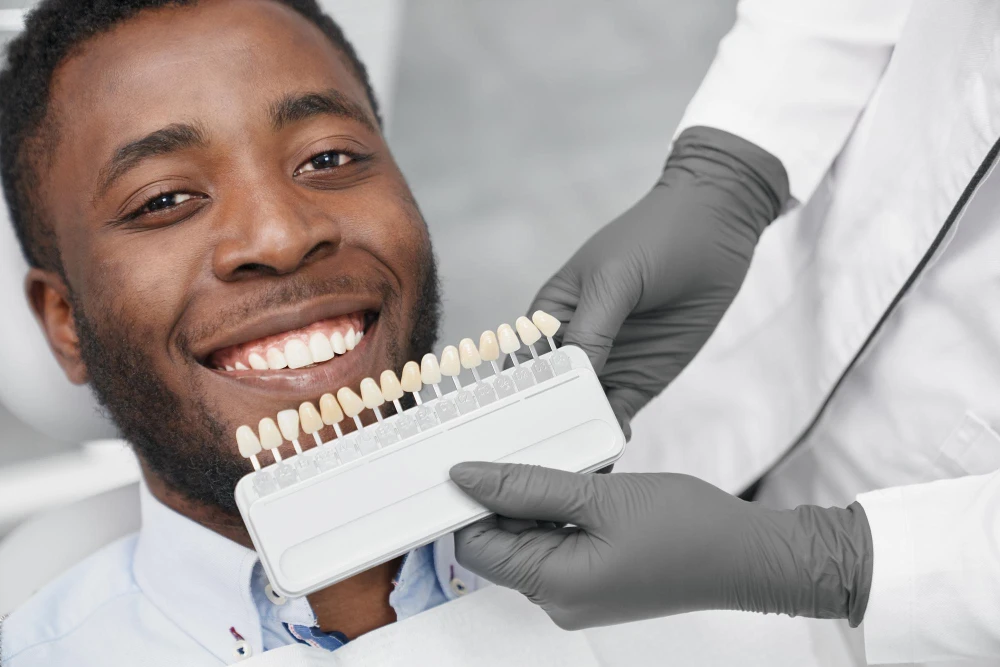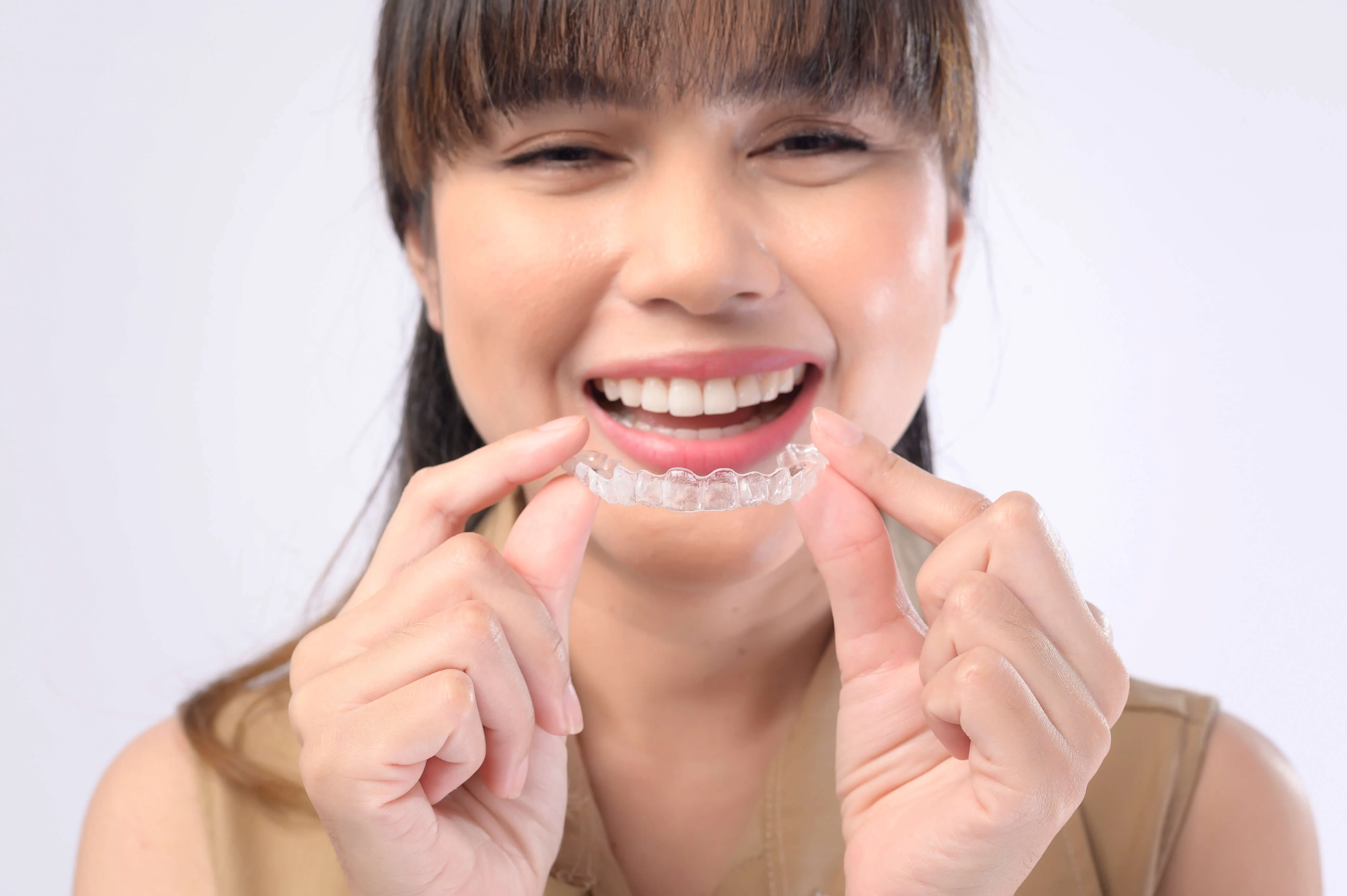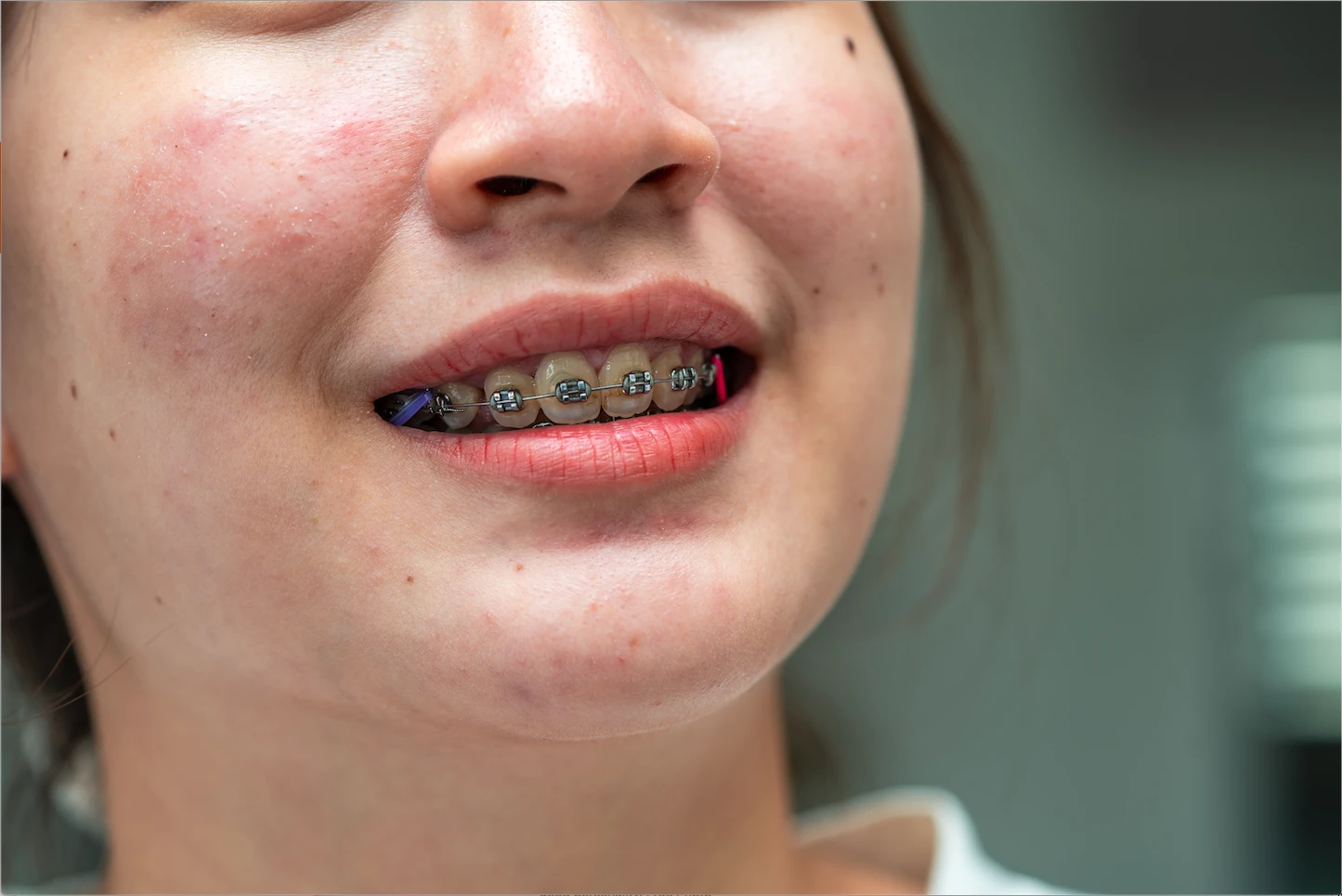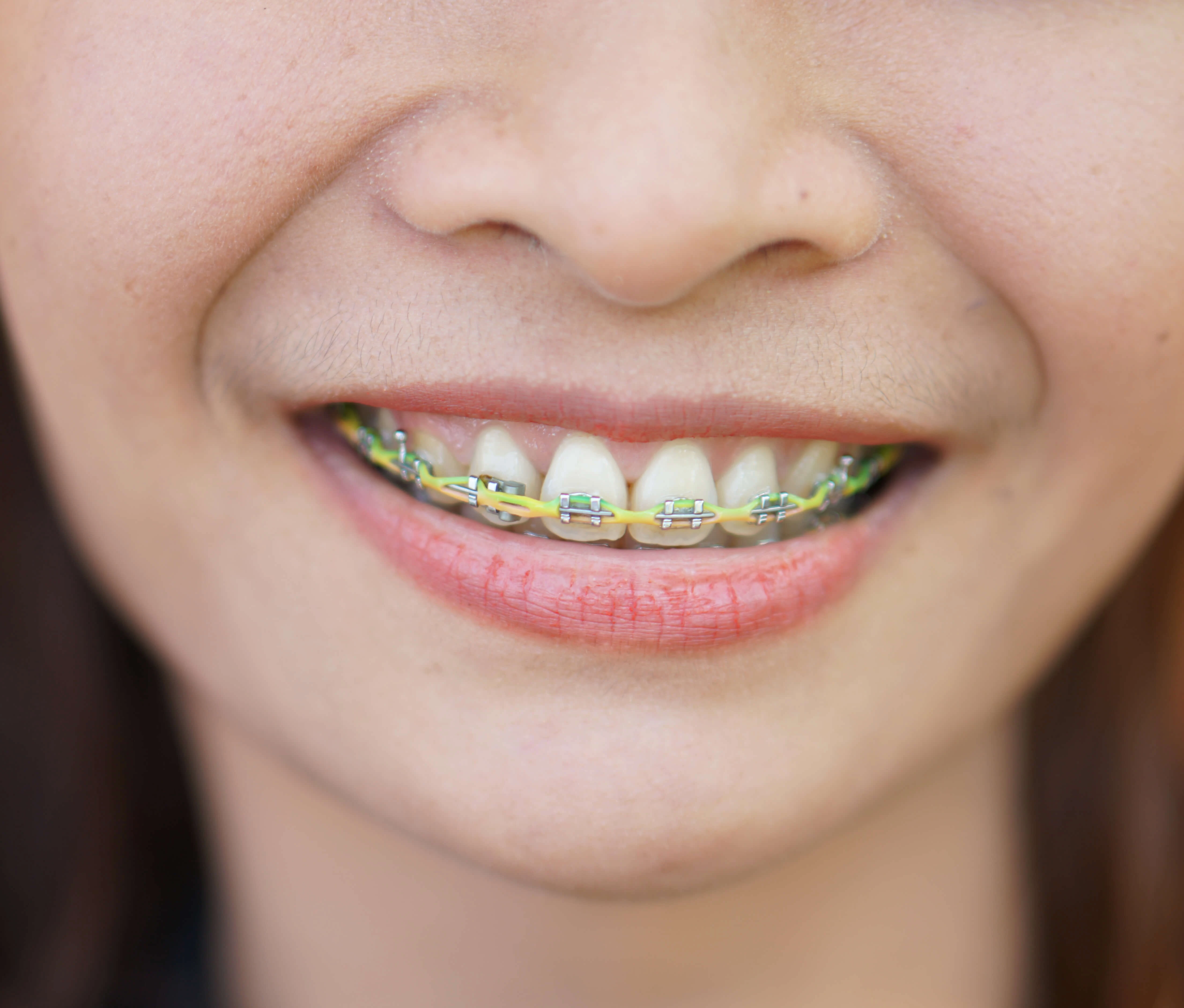What Problems Come With Crooked Teeth and Misaligned Bites?
- Difficulty Cleaning Teeth: Crooked teeth can be challenging to clean properly, leading to a higher risk of tooth decay, gum disease, and bad breath.
- Speech Difficulties: Misaligned teeth can affect speech patterns, leading to issues such as lisps or difficulty pronouncing certain sounds.
- Chewing Problems: Misaligned bites can make it difficult to chew food properly, leading to digestive issues and malnutrition in severe cases.
- Jaw Pain: Misaligned bites can put stress on the jaw joints, leading to temporomandibular joint (TMJ) disorders, which can cause pain, clicking, or locking of the jaw.
- Facial Aesthetics: Crooked teeth or misaligned bites can affect the appearance of the face, leading to self-consciousness and a lack of confidence.
How Do I Know if My Teeth Are Crooked or My Bite Is Misaligned?
- Crooked Teeth: Look for teeth that are visibly out of alignment, overlapping, or rotated.
- Misaligned Bite: Pay attention to how your upper and lower teeth fit together when you close your mouth. If they don't align properly or if there are noticeable gaps or overcrowding, you may have a misaligned bite.
What Tests Can I Expect at the Orthodontist?
- Visual Examination: The orthodontist will visually inspect your teeth and bite to assess the extent of misalignment.
- X-Rays: X-rays may be taken to evaluate the position of your teeth, roots, and jawbone structure.
- Impressions or Scans: Impressions or digital scans of your teeth may be taken to create models for planning your treatment.
- Photographs: Photographs of your face and smile may be taken to document your current condition and track progress throughout treatment.
How Are Crooked Teeth and Misaligned Bites Treated?
- Braces: Traditional braces consist of metal brackets and wires that gradually move teeth into proper alignment.
- Clear Aligners: Clear aligners, such as Invisalign, are custom-made plastic trays that gradually move teeth into alignment. They are nearly invisible and removable for eating and cleaning.
- Retainers: After braces or clear aligner treatment, retainers may be prescribed to maintain the new position of the teeth.
- Surgical Intervention: In severe cases of malocclusion, orthodontic treatment may be combined with orthognathic surgery to correct the position of the jaw.



